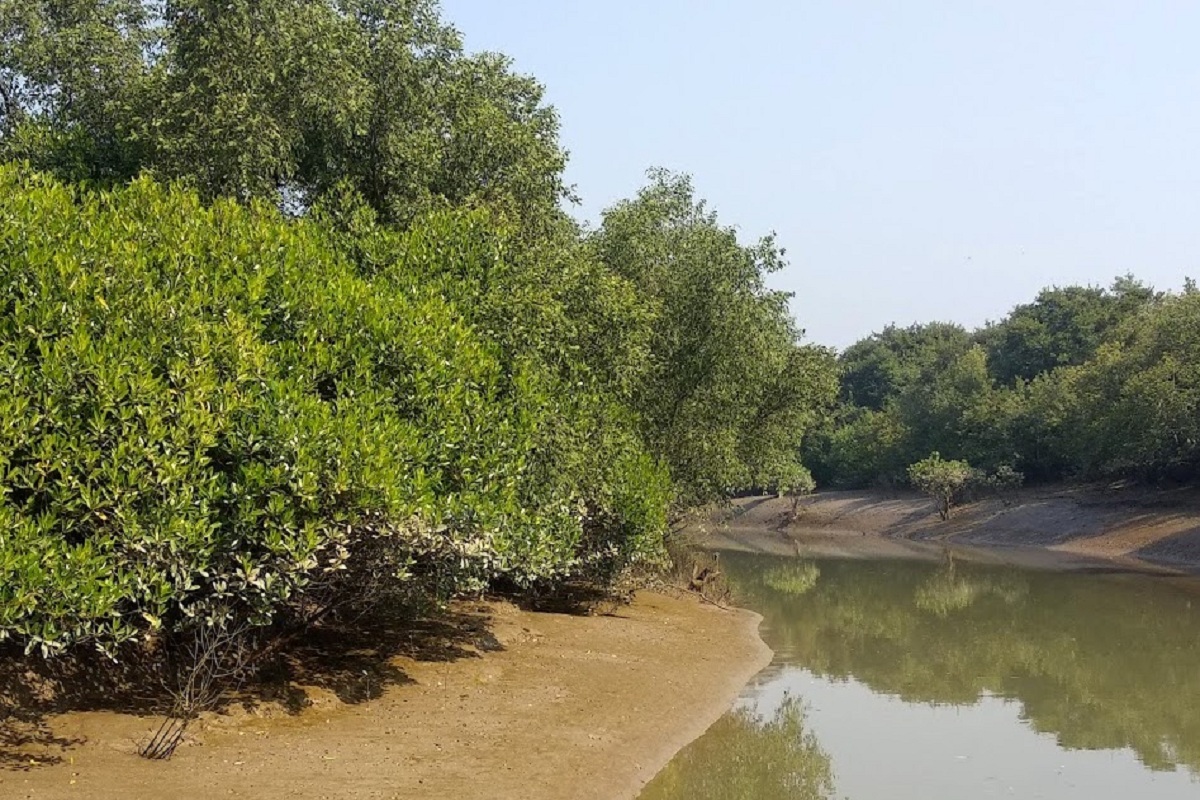Sal tree: Declining numbers and conservation challenges in J’khand
The dense forests and greenery of Jharkhand are its cultural and environmental identity. At the heart of these forests lies the state tree, the Sal (Sakhua).
In the dense forests of the Junglemahal region, where local communities rely heavily on forest resources for livelihood, a new study has shed light on a troubling trend.

Photo: IANS
In the dense forests of the Junglemahal region, where local communities rely heavily on forest resources for livelihood, a new study has shed light on a troubling trend.
The study states women are being systematically excluded from participating in the management of these vital natural resources.
Advertisement
The study reveals alarming levels of gender inequality within the joint forest management committees (JFMCs) that oversee the protection and management of the region’s forests. Despite the existence of 1,314 JFMCs protecting 1,69, 213 hectares of forest across the Jhargram, Midnapore, Rupnarayan, and Kharagpur divisions, women participation in these committees remains dismally low.
Advertisement
In the Jhargram division, only 6 per cent of JFMC members are women. The situation is even worse in Rupnarayan, with female participation at just 3.87 per cent, followed by Kharagpur at 5.18 per cent and Midnapore at 5.5 per cent. These figures point to a significant gender disparity, with men overwhelmingly dominating the decision-making processes in these communities.
The study, conducted over five years by researcher Soumen Bisui and Dr Pravat Kumar Shit, an assistant professor of geography at Raja N L Khan Women’s College, which involved interviews and focus group discussions with 258 JFM members and forest officials, highlights the pervasive gender imbalance across all aspects of forest management. Male members make up 94.78 per cent of the total JFMC membership, leaving women with just 5.22 per cent.
Furthermore, while 91.76 per cent of male members regularly attend JFMC meetings, a mere 3.13 per cent of female members do the same.
The exclusion of women extends to leadership roles within the JFMCs, where men hold 70.06 per cent of decision-making positions, compared to just 1.67 per cent occupied by women. Caste-based disparities are also evident, with Scheduled Castes (SC) and Scheduled Tribes (ST) members holding only 11.01 per cent and 13.15 per cent of decision-making roles, respectively.
The study argues that cultural, social, and logistical barriers are behind the exclusion of women from these crucial forest management activities. They pointed out that ethnic-based discrimination, a lack of confidence due to limited formal education, and norms restricting public affairs to men are key factors contributing to this exclusion.
“Addressing these issues requires rethinking the JFM model’s appropriateness and its capacity to serve the interests of the poor,” Dr Shit emphasized, calling for greater efforts to remove barriers to women’s participation.
Mr Bisui, who co-led the study, stressed the importance of empowering forest-dependent communities. “Meaningful devolution requires nurturing democratic, self-governing community forest management institutions with clear communal property rights and the empowerment of both women and men,” he said. He also highlighted the potential of the Forest Rights Act (FRA) to recognize the rights of traditional forest users and enhance equitable participation in forest management.
The study also uncovered that many tribal people in the region are unaware of forest rights laws. Instances of foresters forming committees without adequately informing village residents, particularly women who spend hours collecting forest resources, were reported, further exacerbating their exclusion.
Advertisement